aggiornamento 28 maggio, 2023 / updated May 28, 2023
(English follows)
Mangiare senza glutine è un tema caldo proprio come una pizza appena sfornata! L’Italia, la patria delle 3 P, pasta, pizza, pane, è casa a sempre più celiaci. Nella primavera del 2015 ho scoperto di essere una di loro. Questa rivelazione ha riportato sollievo e soprattutto salute nella mia vita, ponendo finalmente fine a crampi, vertigini e febbri inspiegabili.
La celiachia è riconosciuta come una malattia sociale in Italia, infatti si stima che colpisca circa 400/600.000 italiani, ovvero una persona ogni 100/150 abitanti. Ogni anno vengono effettuate più di 9.000 nuove diagnosi di celiachia, con una prevalenza della malattia dello 0,41%.
Colpisce prevalentemente soggetti di etnia caucasica in cui il consumo di cereali contenenti glutine è più elevato che in altre popolazioni come quelle africane o asiatiche. È anche più frequente nelle donne, che ne sono colpite il doppio rispetto agli uomini.
I cittadini italiani a cui viene diagnosticata la malattia ricevono una tessera che garantisce loro sconti sugli alimenti senza glutine.
Il 23 maggio 2023, è stata approvata dalla Camera la Proposta di Legge 622 “Disposizioni concernenti la definizione di un programma diagnostico per l’individuazione del diabete di tipo 1 e della celiachia nella popolazione pediatrica”. La legge, inoltre, istituisce un Osservatorio su diabete e celiachia, composto da medici esperti delle due patologie e le associazioni pazienti, oltre che membri del Ministero e dell’Istituto Superiore di Sanità. Ora la Legge passa al Senato.
Cos’è la celiachia?
La celiachia è un’intolleranza permanente al glutine, un complesso di sostanze azotate che si forma durante l’impasto con l’acqua, della farina di alcuni cereali, quali frumento, farro, kamut, orzo, segale, farro e triticale. Per combattere la celiachia l’unica terapia attualmente valida è la terapia dietetica. Il celiaco è quindi costretto ad eliminare per tutta la vita dalla propria tavola tutti quegli alimenti che contengono anche piccole quantità di glutine (pasta, dolci, pane, birra, biscotti, ecc.). Sebbene la celiachia sia genetica, la scelta e la qualità degli alimenti che mangiamo è ciò che alla fine ci danneggerà o ci guarirà. Non tutti sanno che la farina di forza, che contiene molto più glutine della farina normale, viene spesso utilizzata dai panettieri per fare il pane. Se hai problemi digestivi, è una buona idea fare il test per la celiachia, soprattutto se sei intollerante al lattosio, in quanto è uno dei primi segni di intolleranza al glutine o celiachia.
Come godersi l’Italia con la celiachia?
Ristoranti, bar e hotel
La maggior parte dei ristoranti offre pasta senza glutine, ma puoi trovare anche ristoranti senza glutine. Hotel e B&B non sempre sono attrezzati per celiaci, tuttavia se richiedi un menu speciale al momento della prenotazione del tuo soggiorno, ti accomoderanno. Alcuni bar offrono snack senza glutine. È sempre bene chiedere poiché un aumento della domanda offrirà più opzioni nel prossimo futuro.
Supermercati e minimarket
Tutti i supermercati hanno una corsia senza glutine con una vasta gamma di prodotti, compresi i prodotti vegani per chi è intollerante al lattosio o semplicemente vegano. Il mio supermercato preferito è l’Iper-Coop per la varietà, la freschezza e la convenienza. Se stai passeggiando lungo i ciottoli di, diciamo, Firenze, salta i panini e le pizze preconfezionati di 3 giorni venduti nei ristoranti popolari delle strade principali e gira l’angolo in un vicolo (una strada secondaria). È lì che troverai mini-market o negozi di alimentari, dove vendono prodotti alimentari locali freschi (e più economici). E non dimentichiamo i mercati all’apert0 di frutta e verdura aperti tutto l’anno.
Viaggiando
Molte città del centro e del sud sono sempre ricche di frutta di stagione, come arance, mandarini e limoni durante i mesi autunnali e invernali. A Roma troverai succose arance appese agli alberi alle fermate degli autobus. Nelle principali stazioni ferroviarie come la Stazione Termini di Roma troverai macedonie e insalate di verdure, spremute d’arancia fresche, frullati di frutta e e frutta secca. Nel sottosuolo della stazione c’è anche un supermercato. Nel ristorante al piano superiore sono stati gentili a cercare per me tortellini e gnocchi senza glutine. Ho mangiato anche verdure al forno, un’insalata mista e frutta. I treni, come la Frecciarossa, offrono anche spuntini senza glutine.
Attenzione…
Fai attenzione quando ordini cibo e assicurati che gli utensili non siano condivisi con cibi con glutine. Ad esempio, se stai ordinando una fetta di cecina, chiamata anche farinata, (clicca per la ricetta), potrebbero usare lo stesso coltello anche per tagliare la pizza. Se sei intollerante al glutine o al lattosio, dillo. Tuttavia, se sei celiaco, è meglio trovare un ristoratante senza glutine.
Consiglio di chiedere sempre gli ingredienti di zuppe, stufati, carni, e fritti.
Frasi da tenere a mente:
- senza glutine per favore, sono celiaco/celiaca.
(gluten-free please, I’m celiac)
- senza glutine per favore, sono intollerante al glutine.
(gluten-free please, I’m intolerant to gluten
Parole da conoscere sull’etichetta:
grano – wheat
germe di grano – wheat germ
segale – rye
orzo – barley
farina – flour
semolino – semolina
farro – spelt
E, naturalmente, non dimentichiamo che dal sud al nord l’Italia abbonda di frutta e verdura deliziosa e fresca.
Buon viaggio, senza glutine!
Mirella
English version:
Eating gluten-free is a hot topic just like a pizza right out of the oven!
Italy, the home of the 3 P’s, pasta, pizza, pane, is also home to more and more celiacs. In the spring of 2015 I learned that I was one of them. This revelation brought relief and especially health back into my life finally ending inexplicable cramps, dizziness and fevers.
Celiac disease is recognized as a social disease in Italy, in fact it is estimated to affect approximately 400/600,000 Italians, i.e. one person for every 100/150 inhabitants. More than 9,000 new diagnoses of celiac disease are made every year, with a prevalence of the disease of 0.41%.
It predominantly affects Caucasian ethnic subjects in which the consumption of cereals containing gluten is higher than in other populations such as African or Asian ones. It is also more frequent in women, who are affected twice as much as men.
Italian citizens who are diagnosed with the disease receive a card that grants them discounts on gluten-free foods.
On 23 May 2023, the Proposal for Law 622, “Provisions concerning the definition of a diagnostic program for the identification of type 1 diabetes and celiac disease in the pediatric population”, was approved by the Chamber. The law also establishes an Observatory on diabetes and celiac disease, made up of expert doctors of the two pathologies and patient associations, as well as members of the Ministry and the Istituto Superiore di Sanità. Now the law goes to the Senate.
What is celiac disease?
Celiac disease is a permanent intolerance to gluten, a complex of nitrogenous substances which forms during the mixing, with water, of the flour of some cereals, such as wheat, spelt, kamut, barley, rye, spelled and triticale. To combat celiac disease, the only currently valid therapy is dietary therapy. The celiac is therefore forced to eliminate for life from their table all those foods that contain even small quantities of gluten (pasta, sweets, bread, beer, biscuits, etc.). Although celiac disease is genetic, the choice and quality of the foods we eat is what will eventually harm or heal us. Not everyone knows that la farina di forza (strong flour) – which contains much more gluten than normal flour, is often used by i panettieri, the bakers, to make bread. If you have any digestive troubles, it’s a good idea to get tested for celiac disease, especially if you’re intolerant to lactose, as it is one of the first signs of gluten intolerance or celiac disease.
How to enjoy Italy with celiac disease?
Restaurants, bars and hotels
Most restaurants offer gluten-free pasta, but can also find gluten-free restaurants. Hotels and B&B’s are not always gluten-free equipped, however if you request a special menu when you book your stay, they will accommodate you. Some bars carry gluten-free snacks. It’s always good to ask as an increase in demand will deliver more options in the near future.
Supermarkets and mini-markets
All supermarkets have a gluten-free aisle with a wide range of products, including vegan products for those who are lactose intolerant or simply vegan. My favorite supermarket is l’Iper-Coop for the variety, freshness, and convenience. If you’re strolling along the cobblestones of, let’s say, Florence, skip the pre-made 3 days old sandwiches and pizzas sold in the tourist popular eateries on the major streets, and just turn the corner into a vicolo (a bystreet). That’s where you’ll find mini-markets or negozi di alimentari, where they sell fresh local (and cheaper) food items. And let’s not forget i mercati aperti di frutta e verdura open all year round.
Travelling
Many cities in the center and south are always full of seasonal fruit, such as oranges, tangerines and lemons during the autumn and winter months. In Rome you will find juicy oranges hanging from trees at bus stops. In major railway stations such as Rome’s Termini Station you will find fruit salads and vegetable salads, freshly squeezed orange juice, fruit smoothies and dried fruit. In the basement of the station there is also a supermarket. In the restaurant upstairs they were kind to find gluten-free tortellini and gnocchi for me. I also had baked vegetables, a mixed salad and fruit. Trains, like the Frecciarossa, also offer gluten-free snacks.
Attention…
Be careful when ordering food and make sure utensils are not shared with foods with gluten. For example, if you’re ordering a slice of cecina, also called farinata, (click for the recipe), they might also use the same knife to cut the pizza. If you are gluten or lactose intolerant, please say so. However, if you’re celiac, it’s best to find a gluten-free caterer.
I recommend always asking for ingredients in soups, stews, meats, and fried foods.
Phrases to keep in mind:
- senza glutine per favore, sono celiaco/celiaca.
(gluten-free please, I’m celiac)
- senza glutine per favore, sono intollerante al glutine.
(gluten-free please, I’m intolerant to gluten
Words to on labels know:
grano – wheat
germe di grano – wheat germ
segale – rye
orzo – barley
farina – flour
semolino – semolina
farro – spelt
And of course, let’s not forget that from South to North Italy abounds in delicious and fresh fruits and vegetables.
Buon viaggio, senza glutine!
Mirella
- 10 proverbi italiani di luglio

- Il fornaio celiaco del Rinascimento | Un racconto italiano

- How to say delicious in Italian – 16 words and phrases
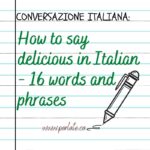
- Top Italian articles of the year | Gli articoli migliori dell’anno
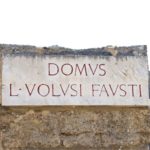
- Dried fruits and nuts | Italian vocabulary
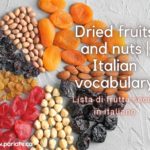
- Schiacciata con l’uva ricetta- grape pizza recipe

- Don’t make these 8 Italian word mistakes
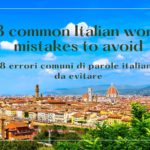
- Settimana della Cucina Italiana nel Mondo
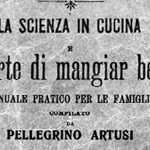


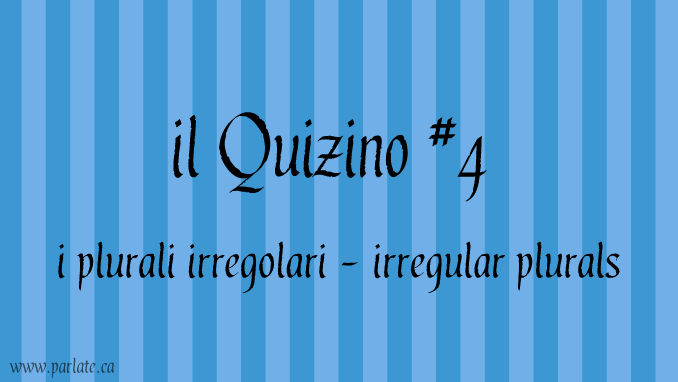

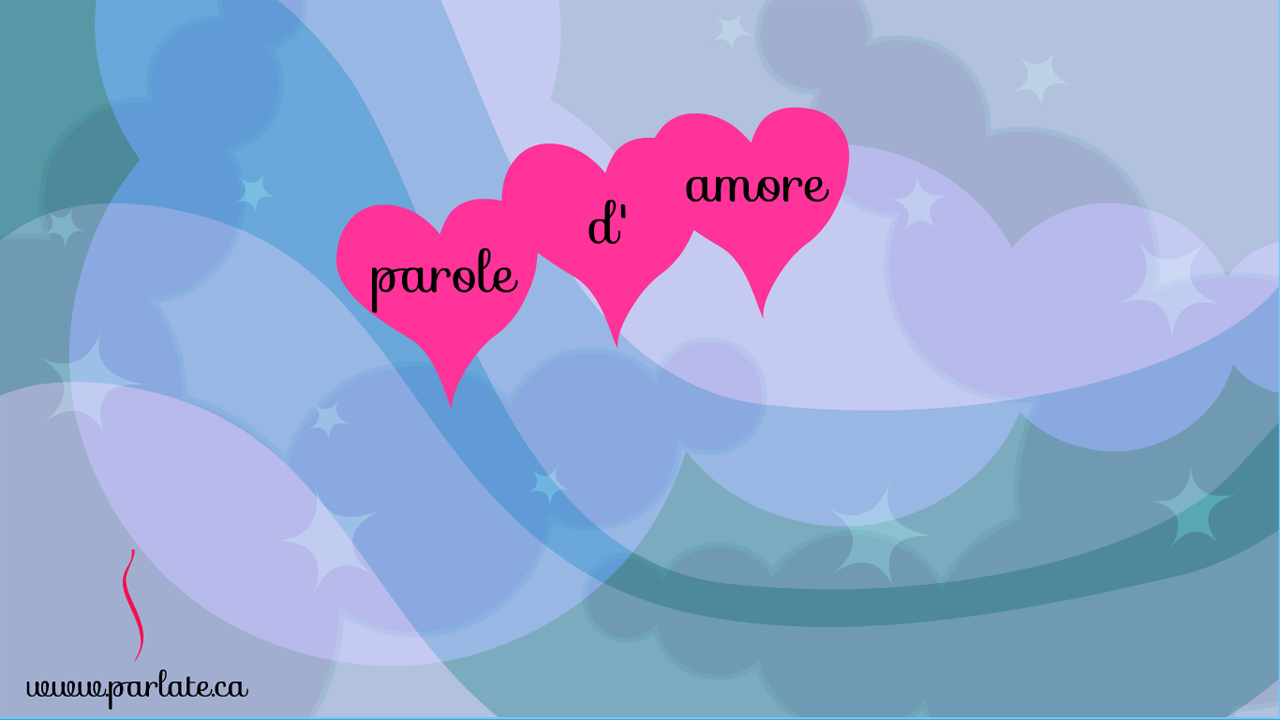
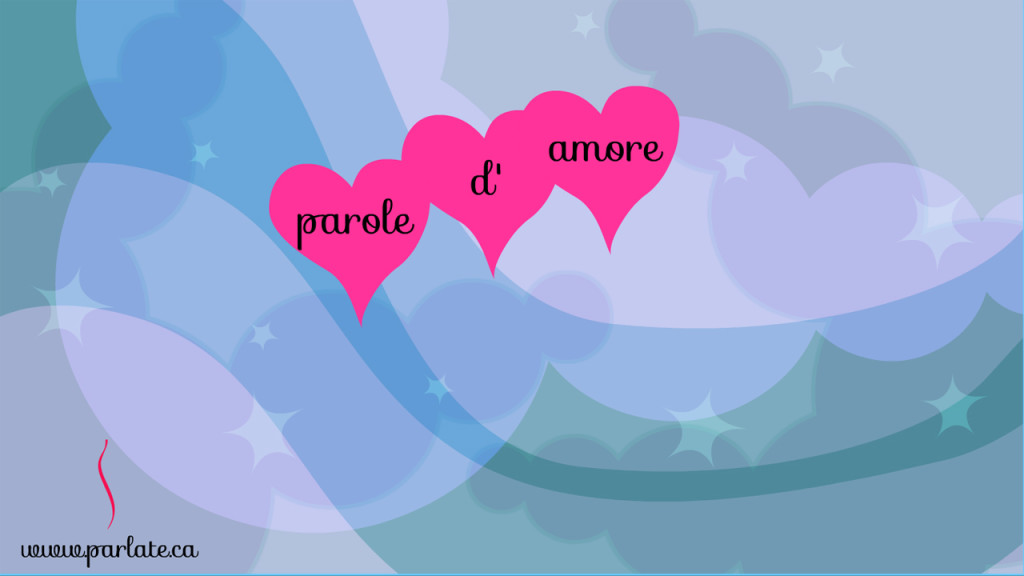
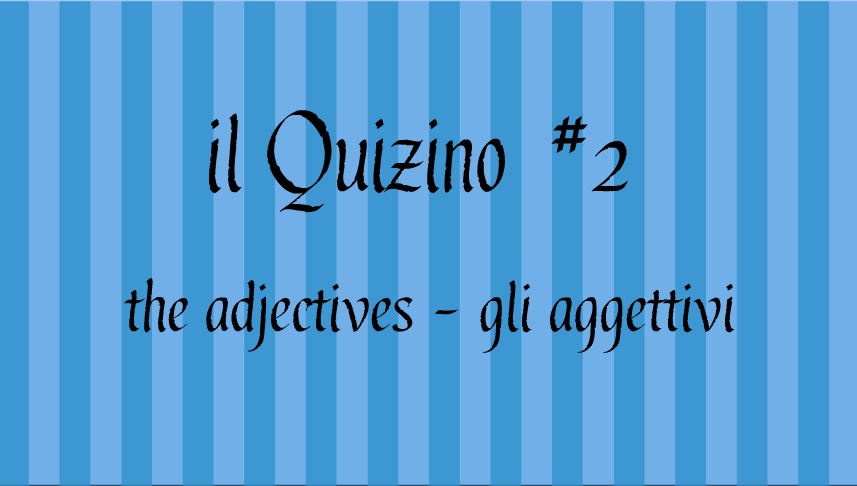
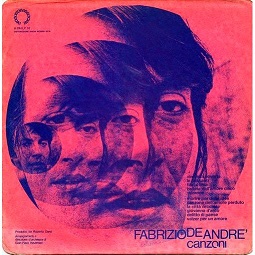
 Dennis Criteser is Program Director of
Dennis Criteser is Program Director of